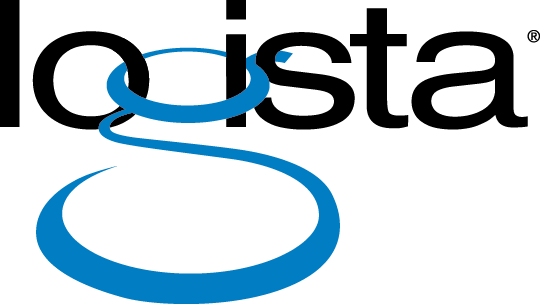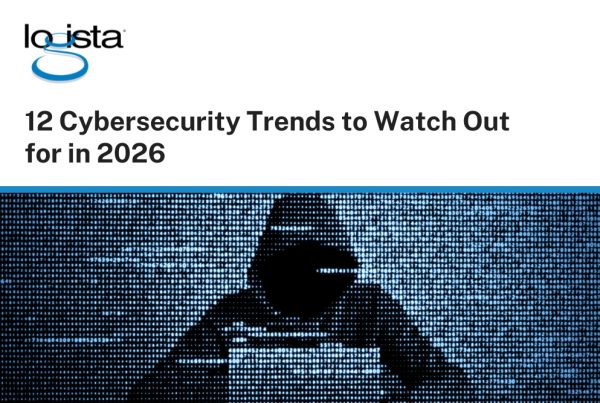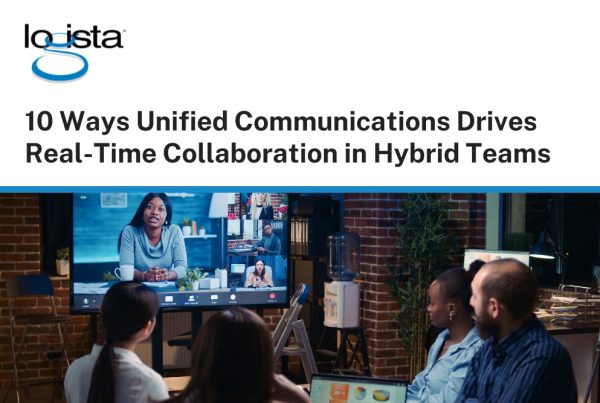Cyberattacks have gotten much more insidious and sophisticated in recent years, especially since the COVID crisis. In this article we’ll look at five types of cyberattacks to be aware of in 2022; but first, some statistics:

• More than 50% of organizations faced gaps in their zero-trust implementations in 2021
• Ransomware attacks grew tenfold during the pandemic between July 2020 and July 2021
• 51% of companies experienced operational technology attacks that impacted productivity
• 45% experienced OT attacks that endangered an employee’s physical safety
In today’s business climate you must be prepared, minimize risks, and protect your network. Here are five types of attacks to keep an eye out for in 2022:
1. Linux Attacks
For the most part, Linux has been ignored by cyber criminals until recently. Because Linux runs the back-end systems of many IoT devices, mission-critical applications, and networks, it has become a target. In fact, Linux attacks are getting to be as common as attacks on Windows OS. The recent Log4J vulnerability is an example of Linux binaries capitalizing on an opportunity.
2. Satellite Network Attacks
As satellite connectivity increases, so do the targeting of those networks. The biggest targets will be organizations that use satellite-based connectivity to support low-latency activities like online gaming or delivering services to remote locations, like field offices, cruise ships, airlines, and pipelines.

3. Crypto Wallets Cyberattacks
In an increasingly digital world, crypto wallets are a new risk as malware designed to target stored information is on the rise. These attacks target credentials like a bitcoin private key, bitcoin address, and other significant data. Attacks typically start as phishing, attaching a malicious Microsoft document to a spam email.
4. Ransomware Attacks on Critical Infrastructure
Ransomware attacks are increasingly targeting critical infrastructure. While these attacks don’t target humans directly, “killware” is the term used for attacks that disrupt pipelines, hospitals, water treatment facilities, and other critical infrastructure.
5. Attacks on the Edge
The increase in remote workers has meant increased risks. The increase in network “edges” means there are more potential places for a threat to hide and exploit. While avoiding detection malware located on these edges can use local resources to track information and then steal, hijack, or ransom critical systems, applications, or data.
The Takeaway…
Today, you must make an extra effort to harden both Windows and Linux-based systems. When adding new technology, take a security-first approach; in other words, before adding a new device, service, or application, make sure it is protected. To fight today’s evolving threat scenario, investigate a cybersecurity mesh architecture with solutions designed to work together.
About Logista Solutions
Logista Solutions is a nationally recognized leader in a broad range of technology management solutions. As one of the largest technology support providers in the U.S., Logista provides innovative and holistic solutions to help companies take control of their IT infrastructure and achieve better business outcomes. Popular services include Managed IT as a Service, VoIP and Unified Communications, Managed Print, Cloud Services and Asset Disposition.




